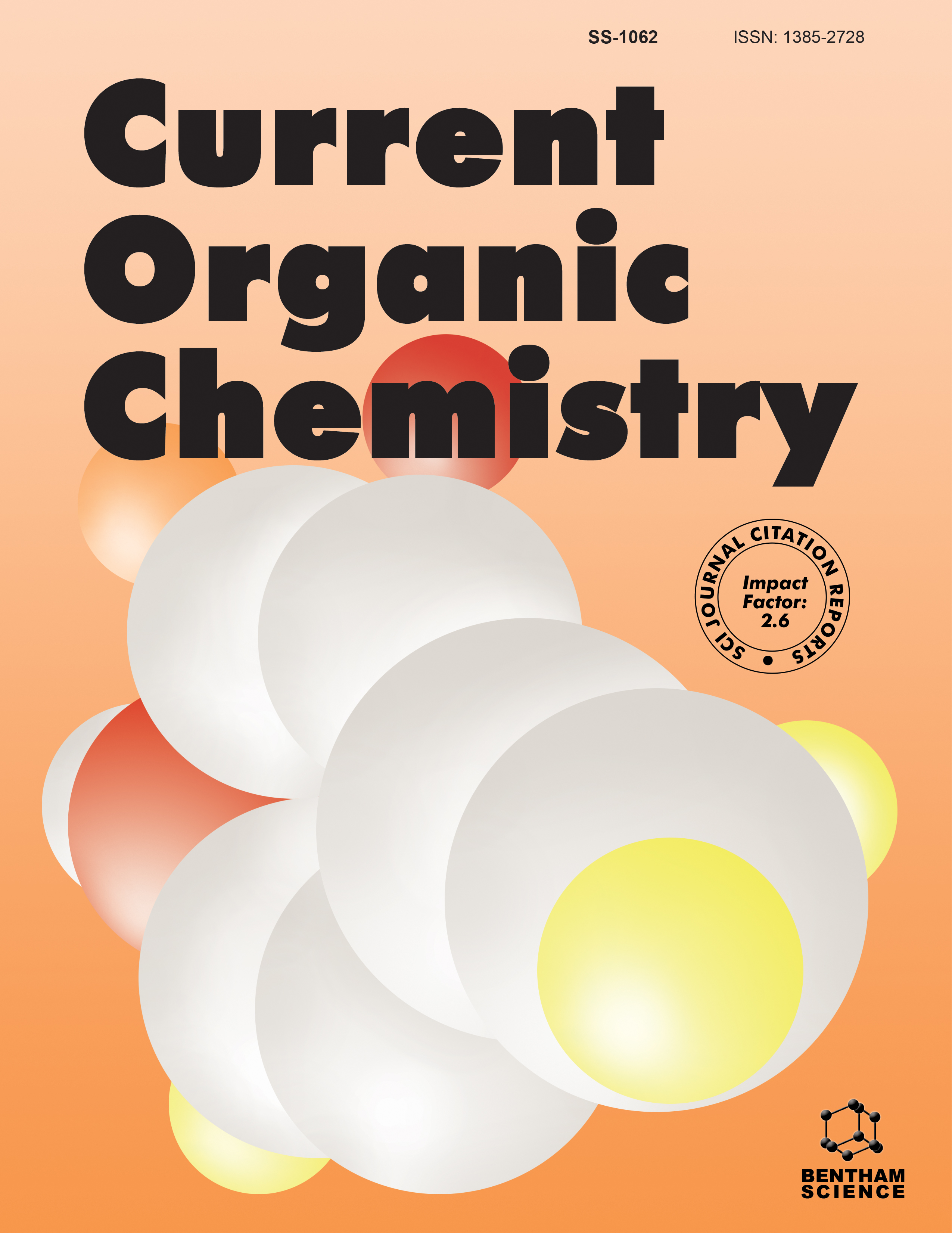-
oa Editorial [Hot Topic: Polar Organometallic Chemistry (Guest Editor: Frederic R. Leroux)]
- Source: Current Organic Chemistry, Volume 15, Issue 14, Jul 2011, p. 2328 - 2328
-
- 01 Jul 2011
- Previous Article
- Table of Contents
- Next Article
Abstract
Polar Organometallic compounds, a term coined by professor Manfred Schlosser, became reagents of choice to ascertain a high degree of structural diversity with applications in organic synthesis, material science and industrial applications in pharmaceutical and agrochemical fields. The subtle interplay between a metal (the alkali metals, the alkaline earth metals and even organozinc compounds) with a carbon backbone and the coordination of the metal counterion with solvent molecules or coligands allow the fine-tuning of their properties. Although a polar carbon-metal bond characterizes these compounds, the degree and pattern of polarity varies with the nature of the metal. As outlined by professor Schlosser: “…the individuality of the metal involved is the most critical parameter for designing tailor-made organometallic reactions”. Most frequently alkyllithium reagents and lithium amides have been used. More recently, due to new insight and techniques, new homoand hetero-bimetallic reagents have been developed allowing the metalation of substrates with a greater functional group tolerance and the work under non-cryogenic conditions. The aim of this special issue “Polar Organometallic Chemistry” is to highlight the current activity of the research groups working in this area reflecting the state of the art of polar organometallic chemistry in the synthesis of complex organic molecules. The Editors are extremely grateful to all the authors contributing to this Issue and the submission of high quality manuscripts befitting this Special Issue.


